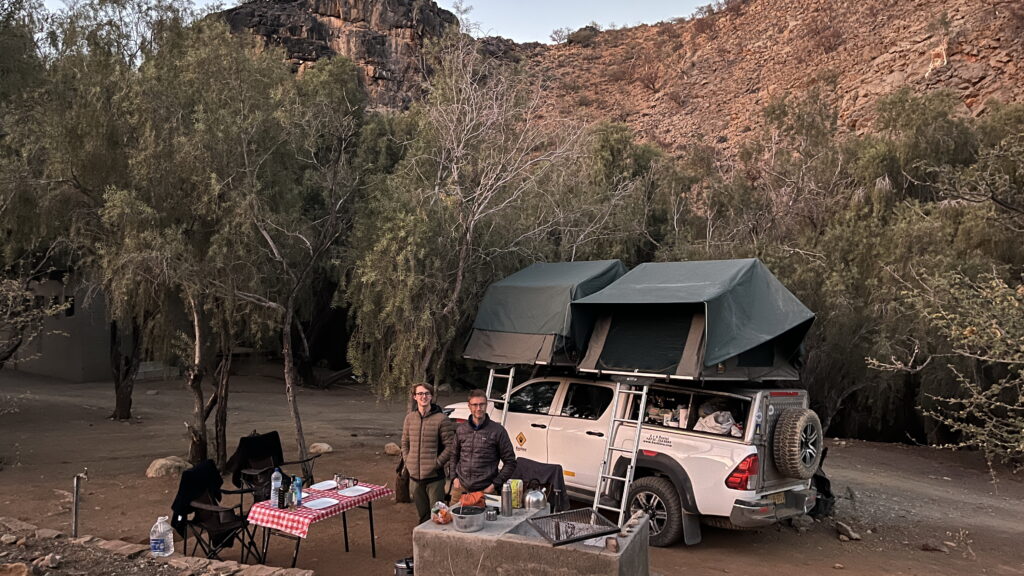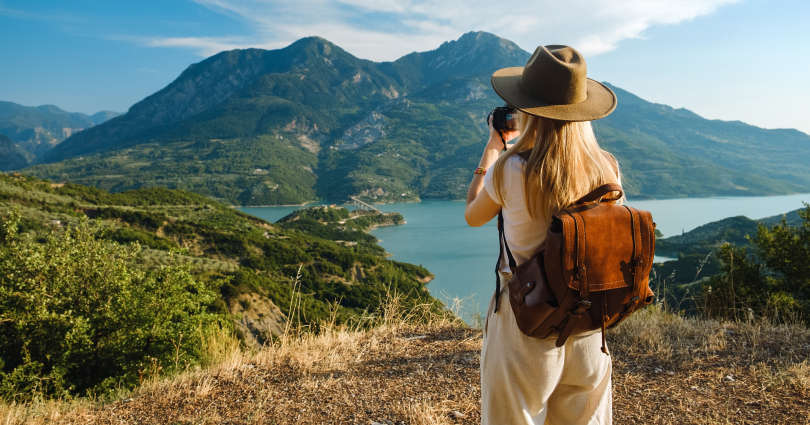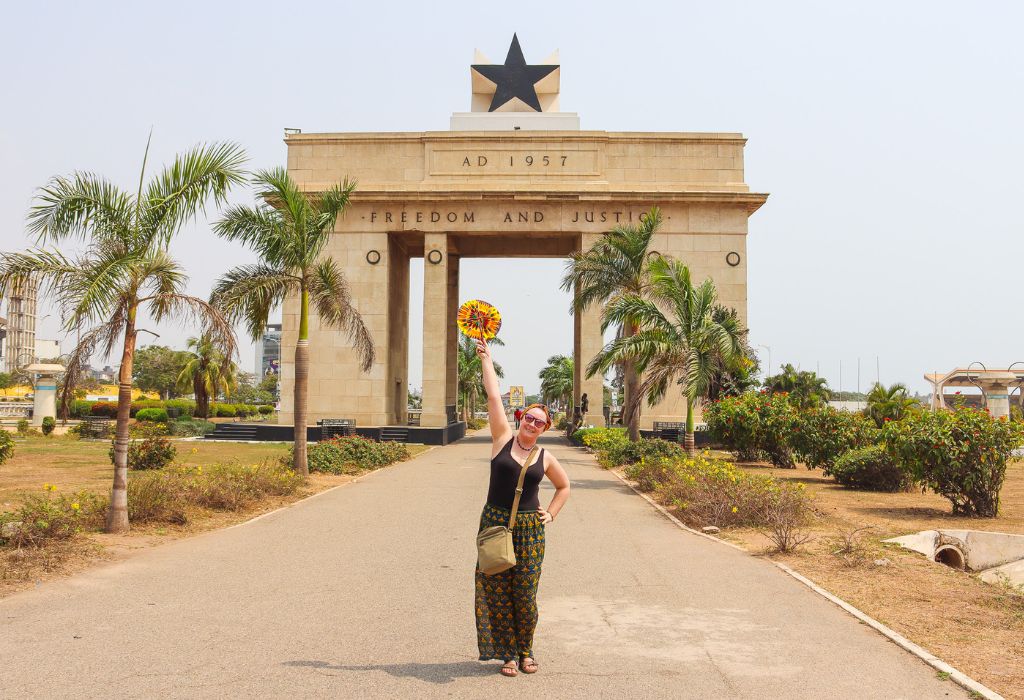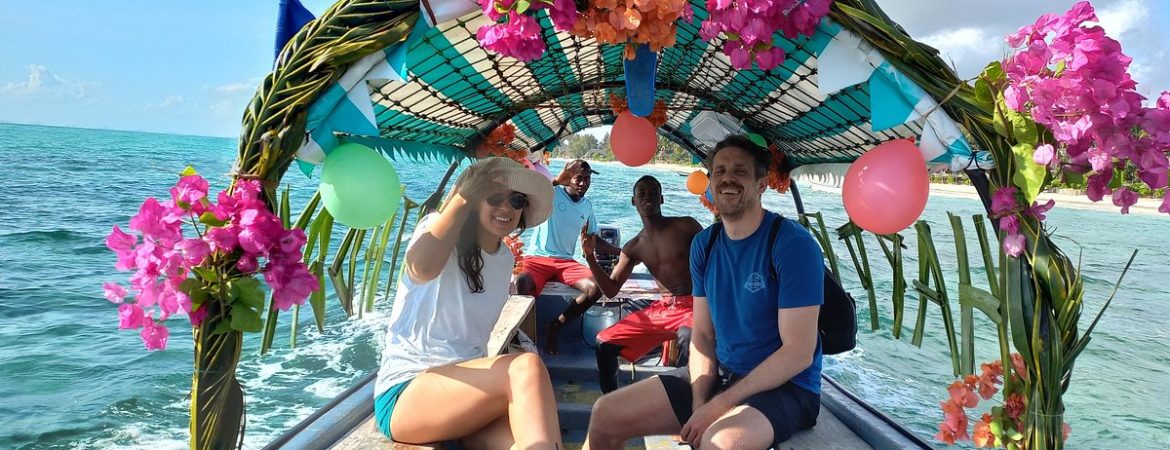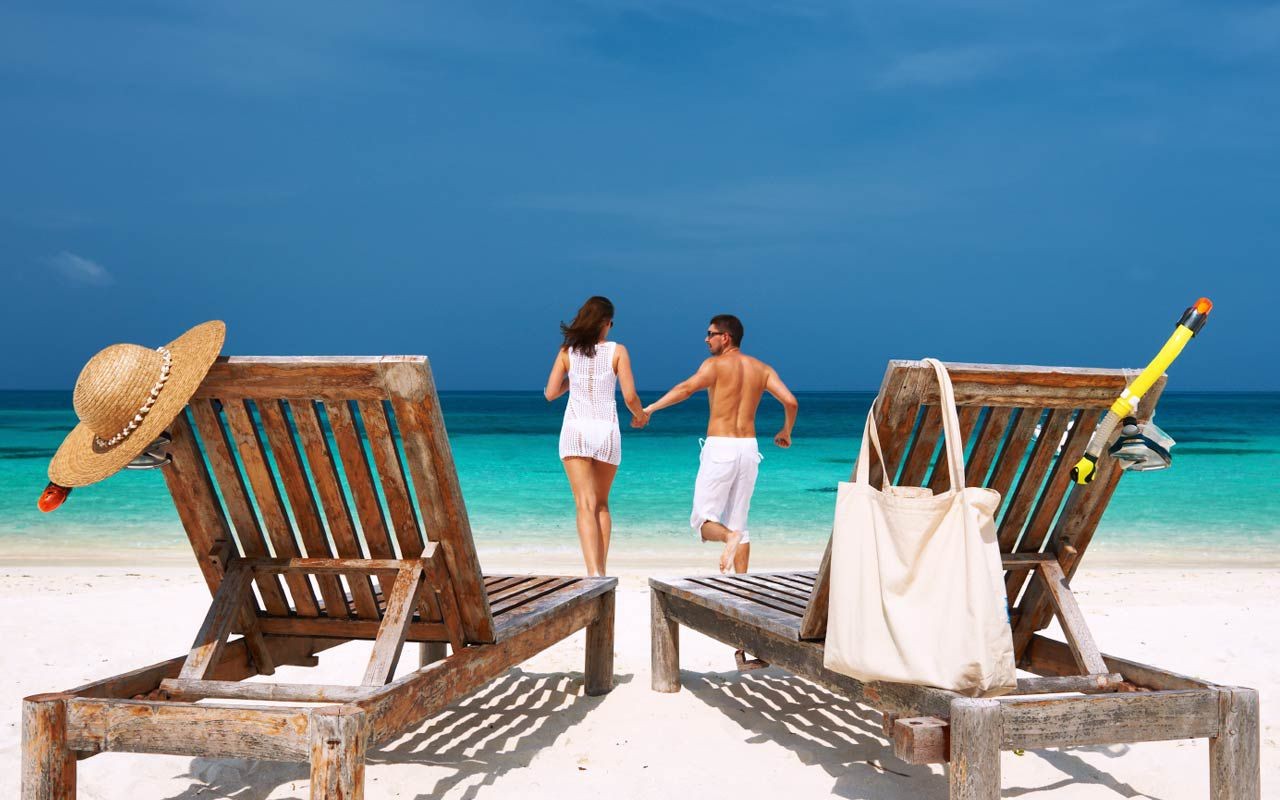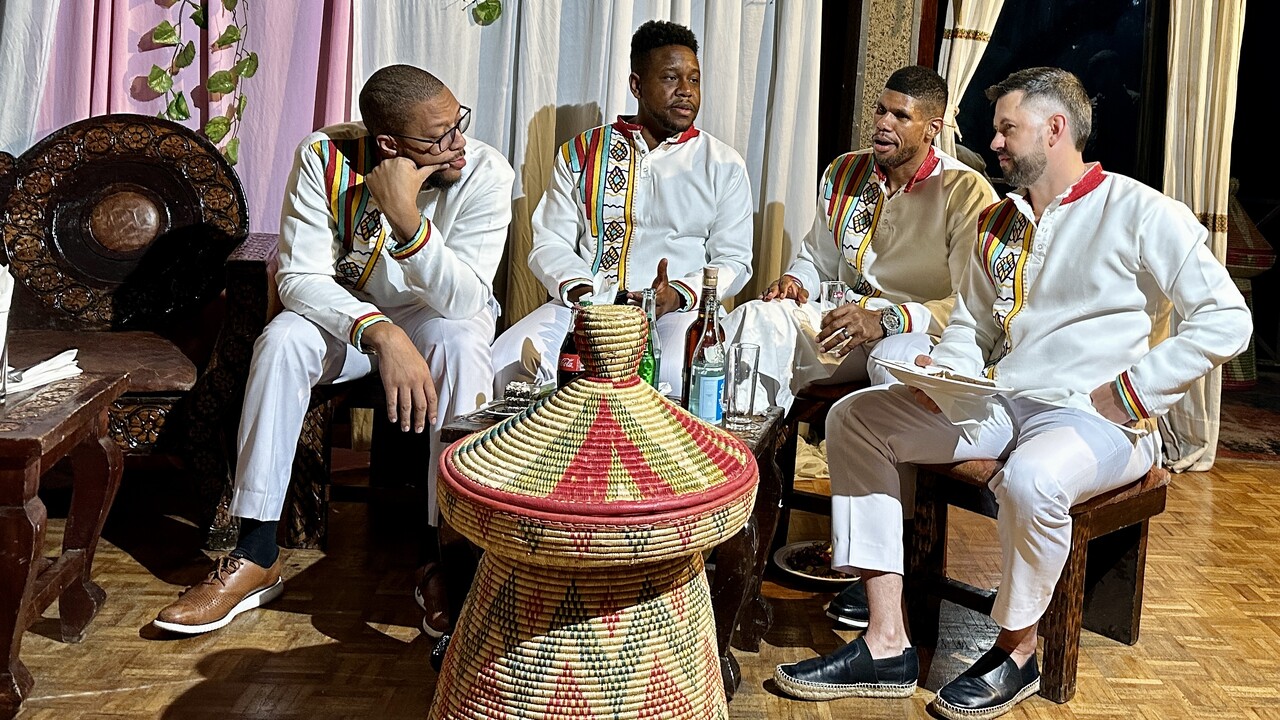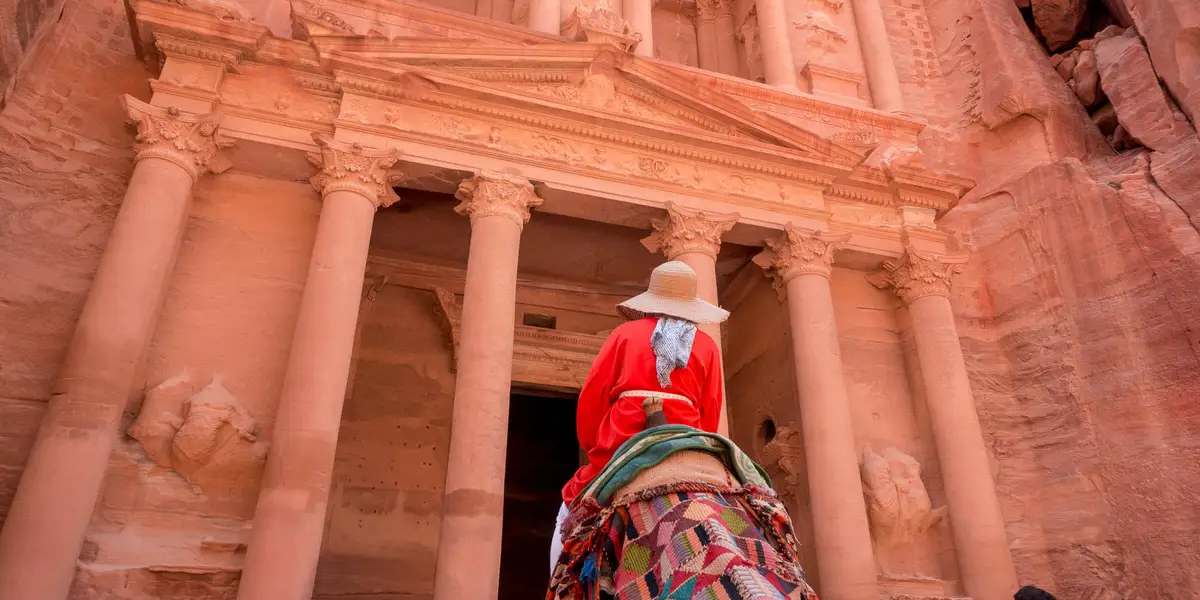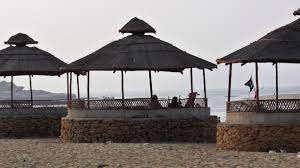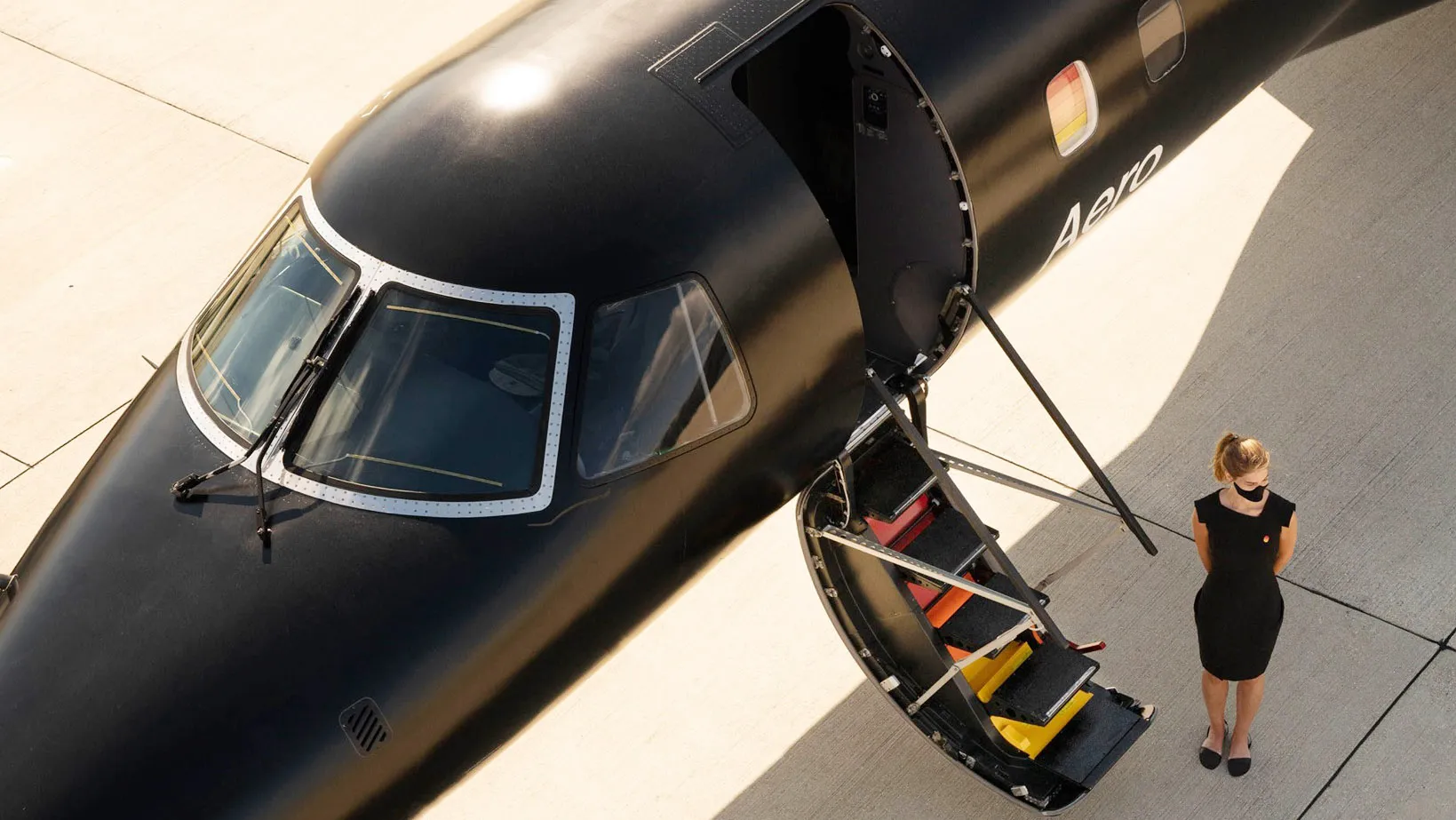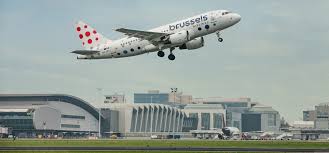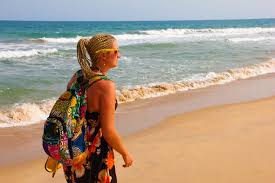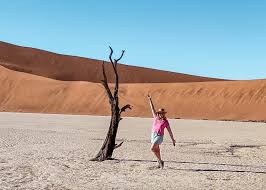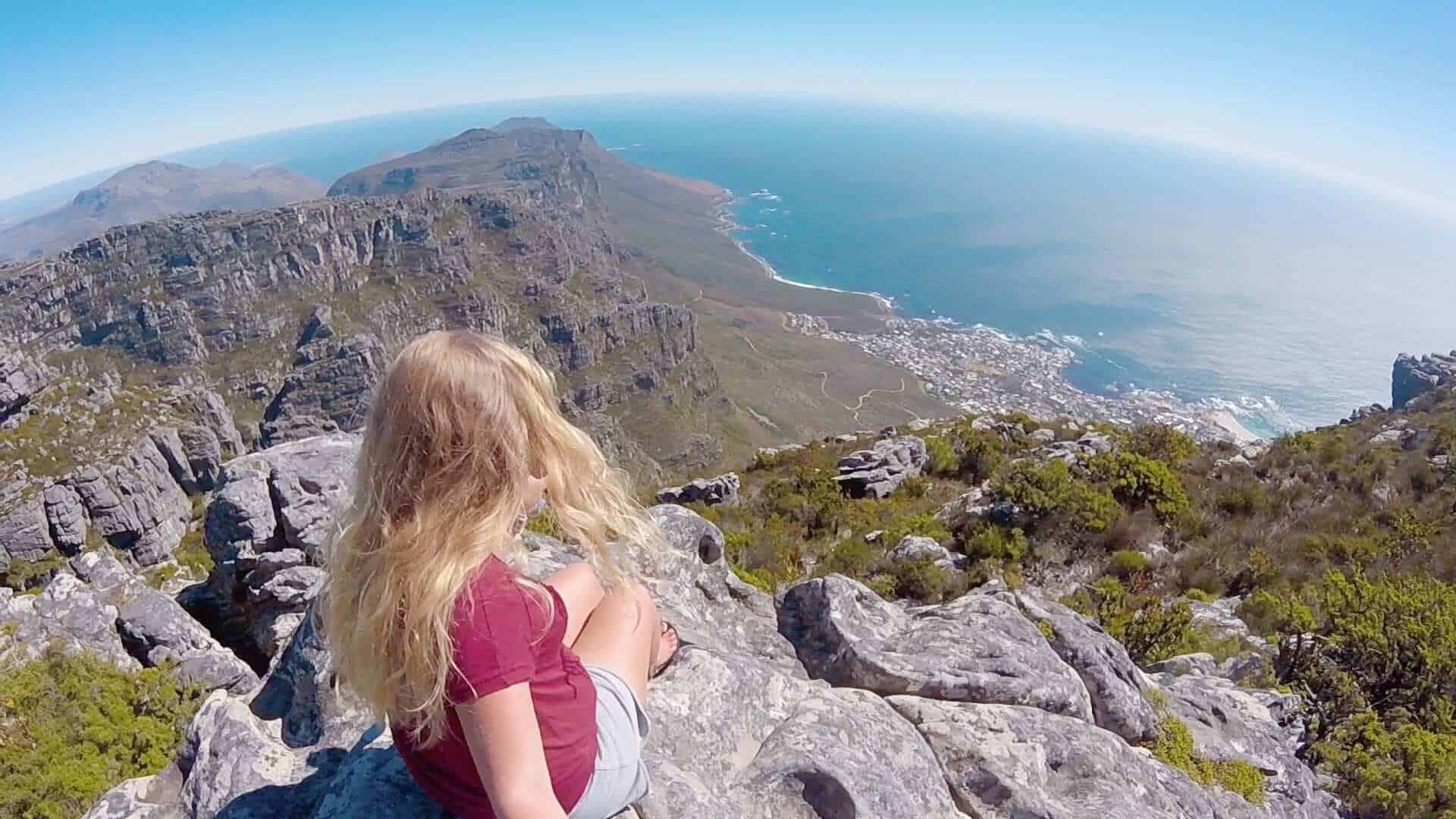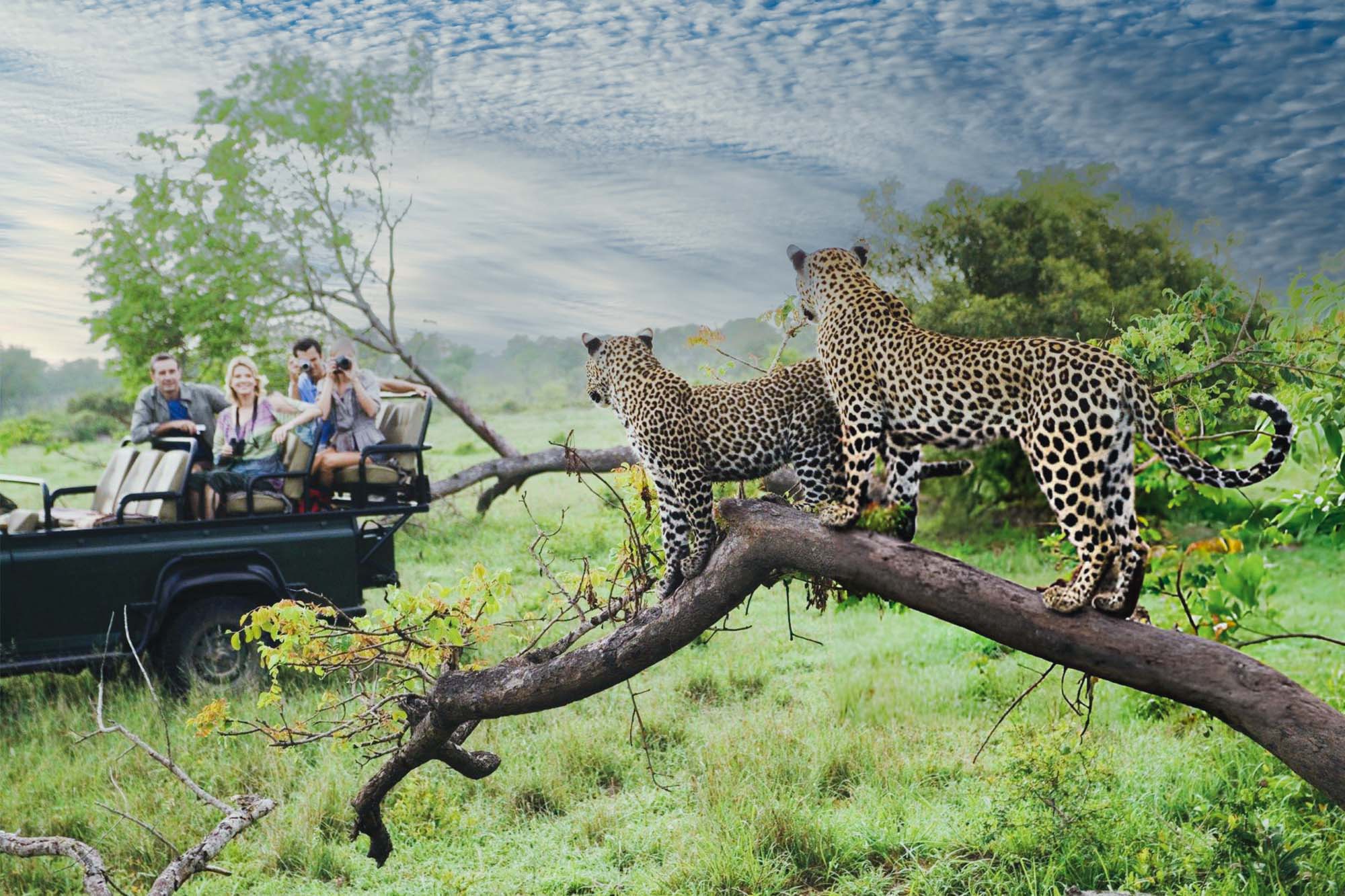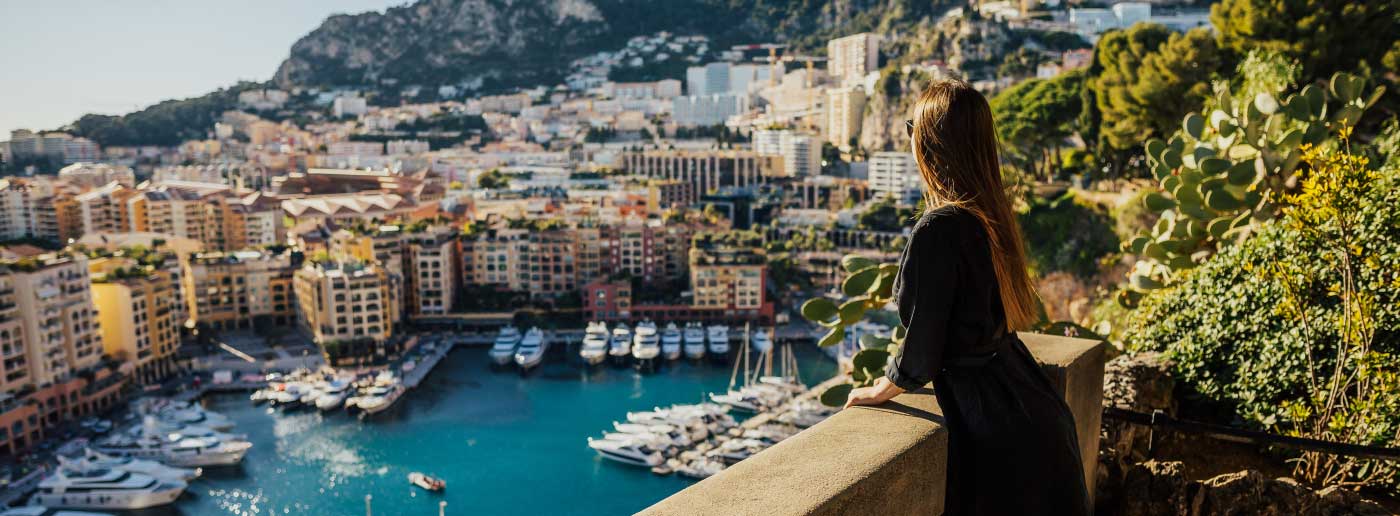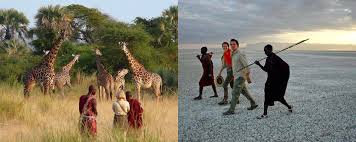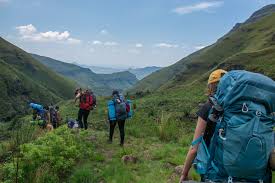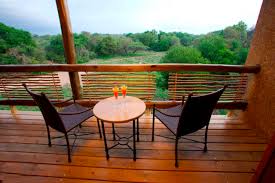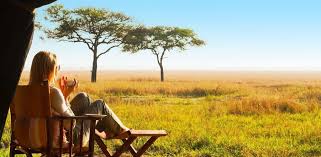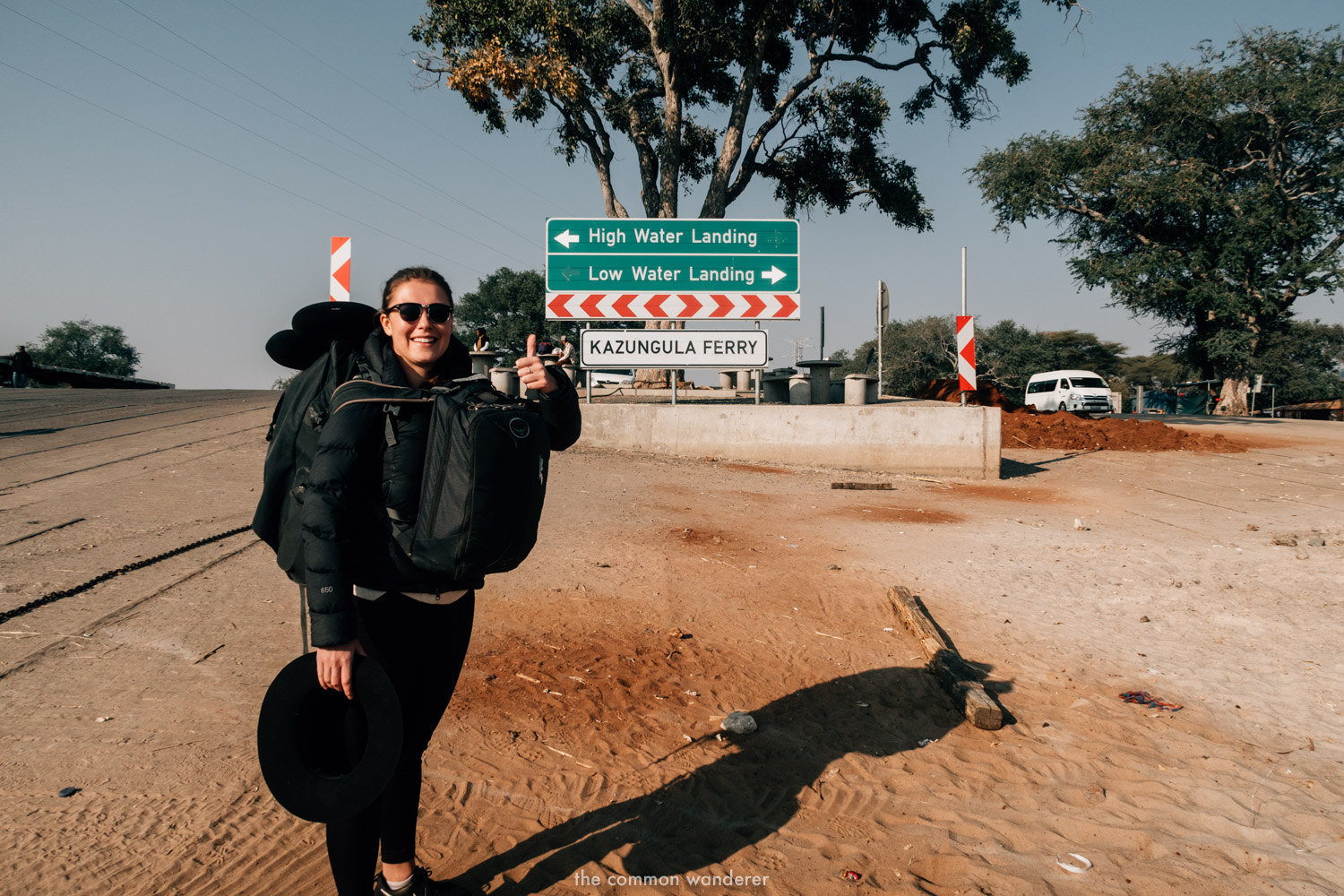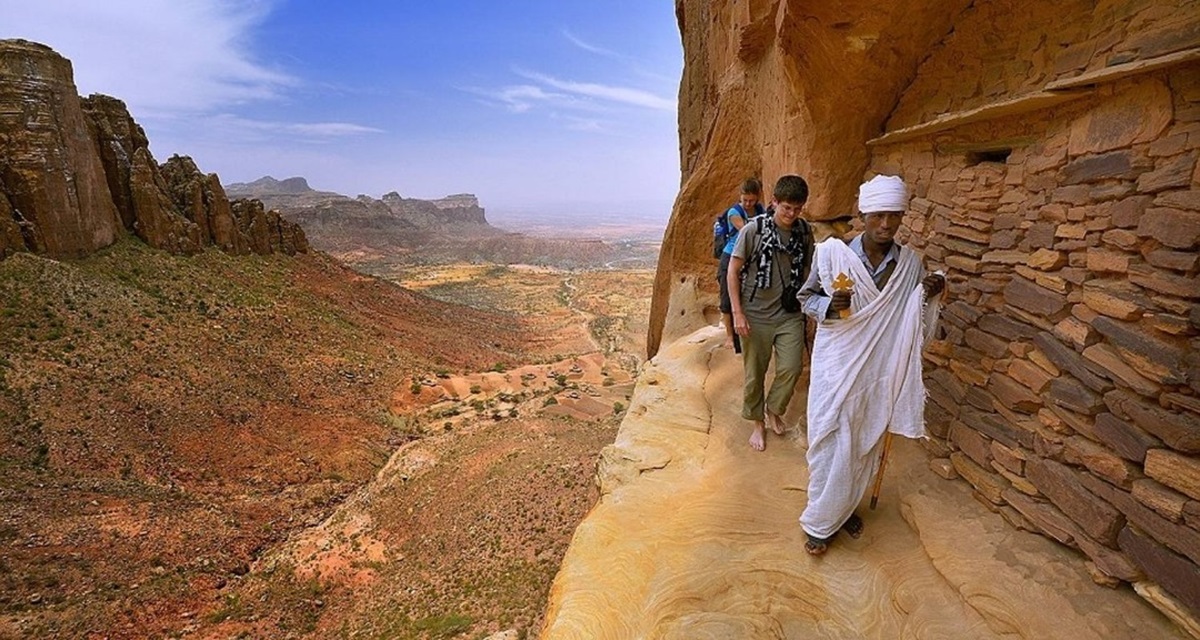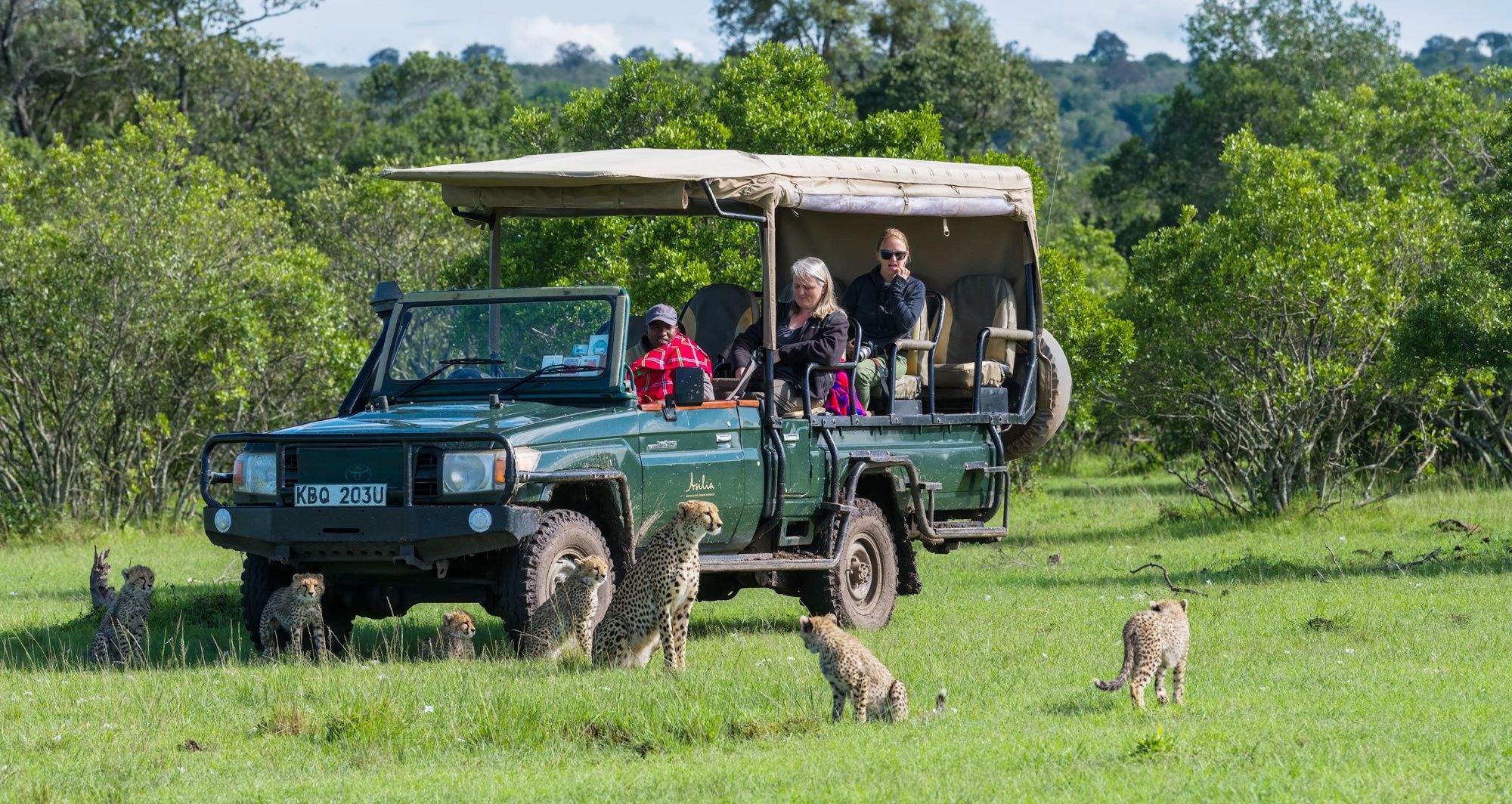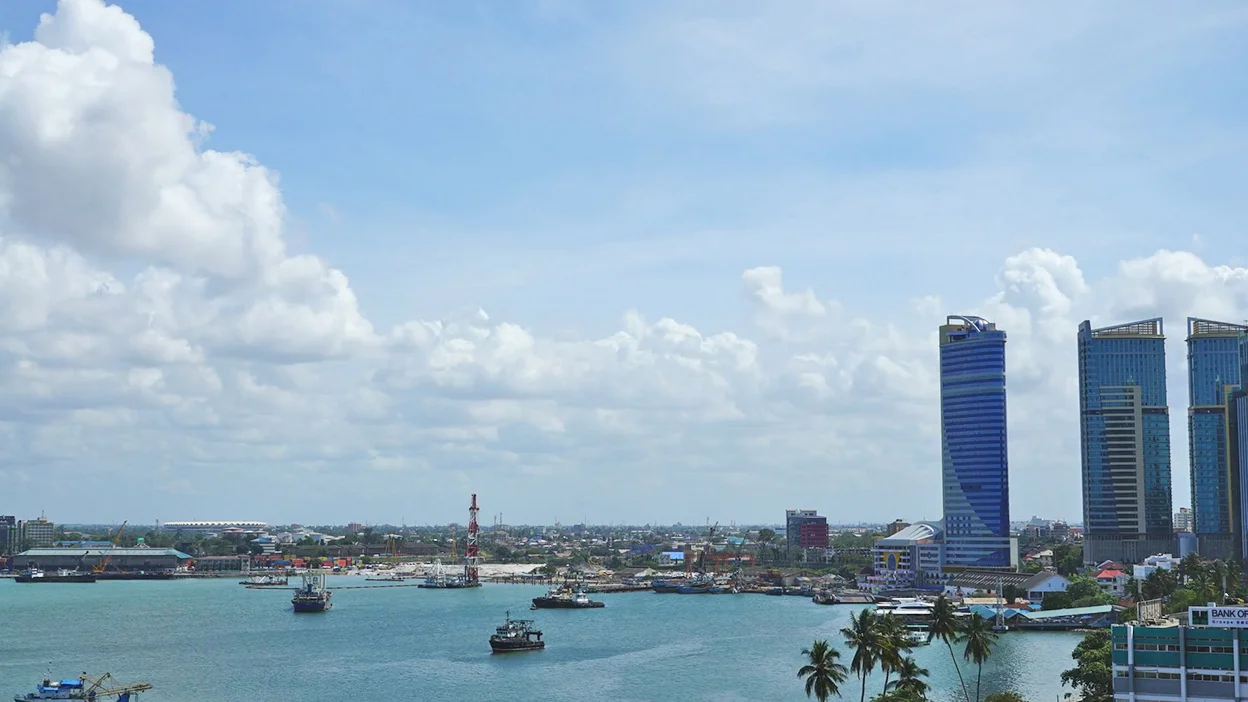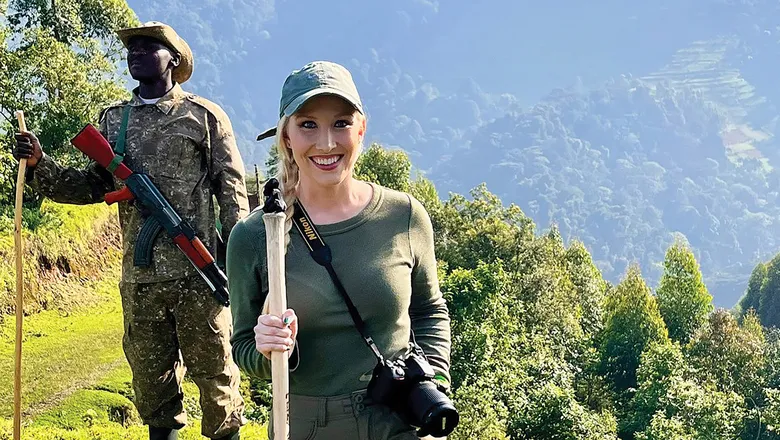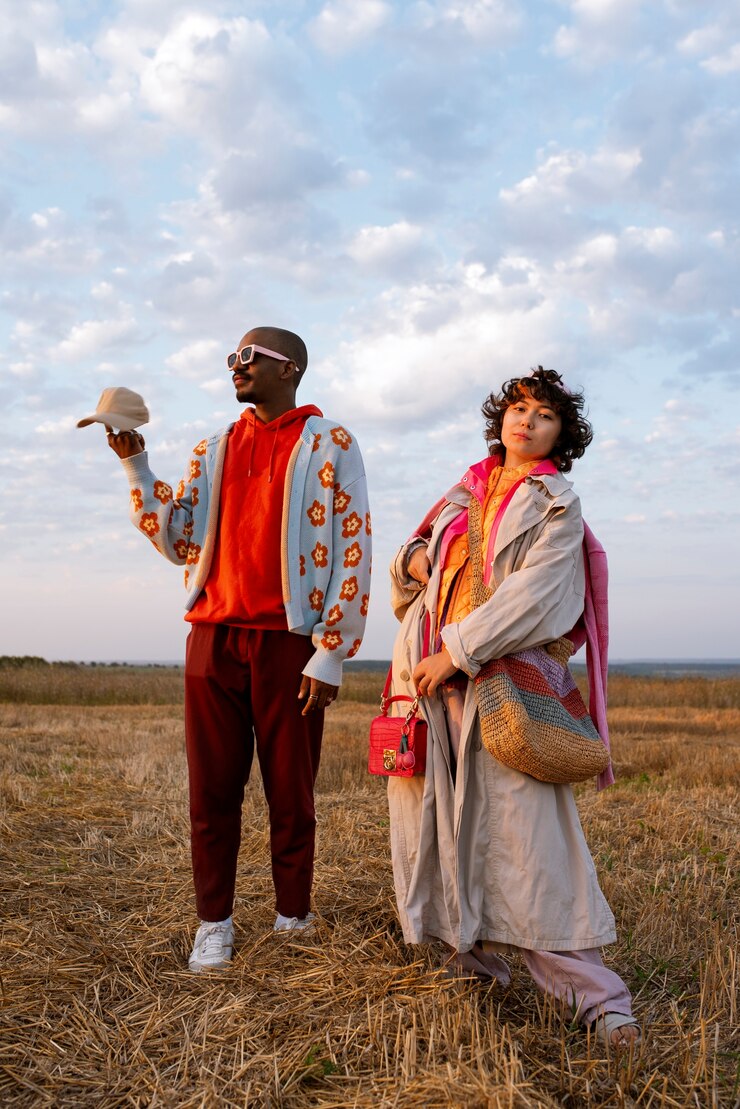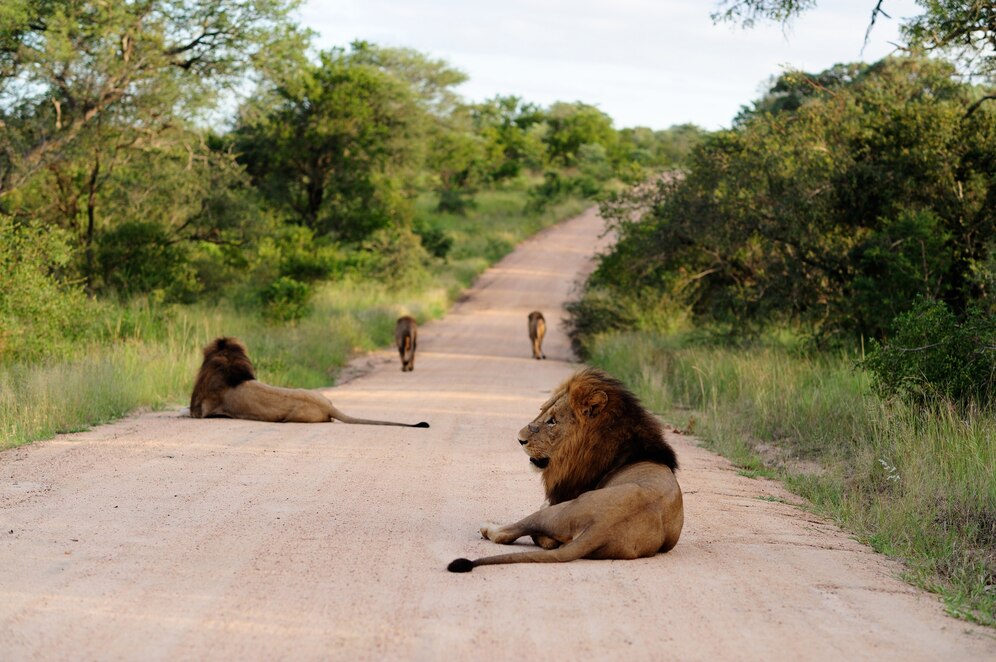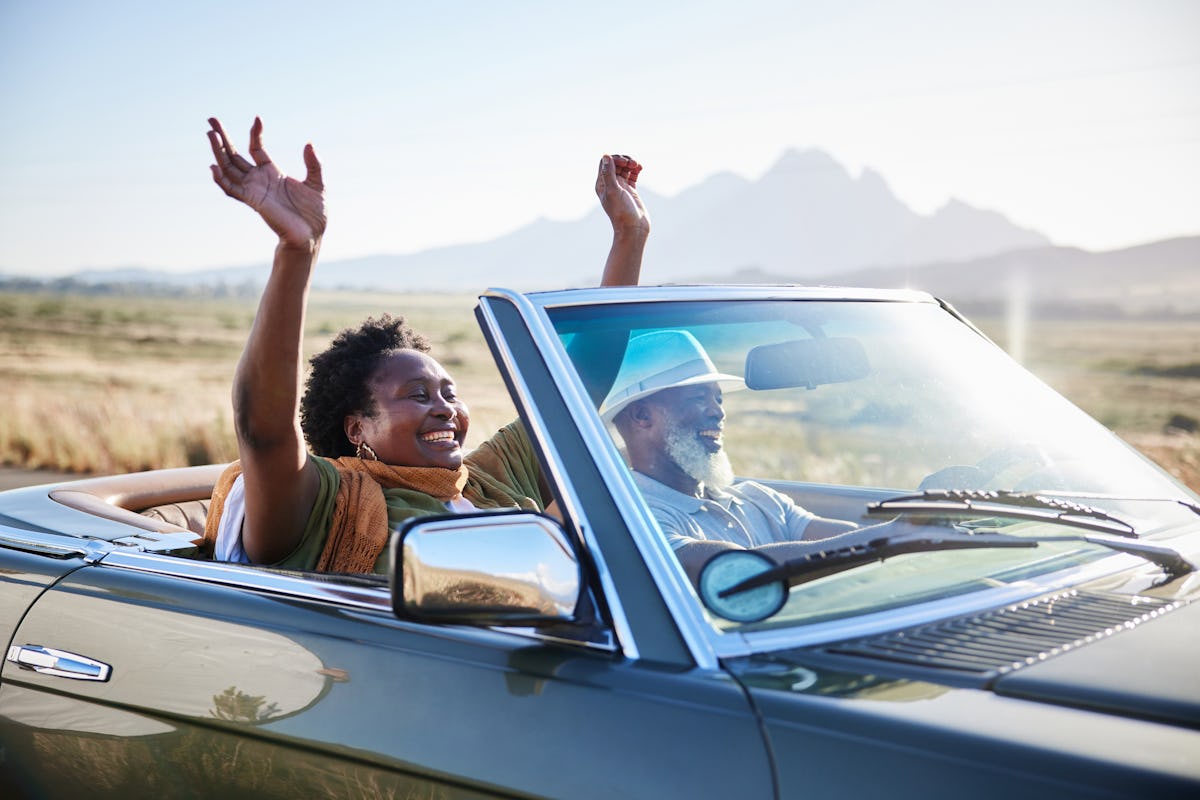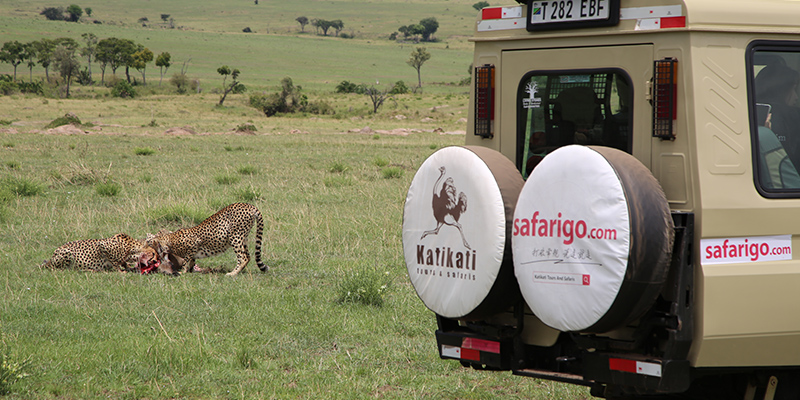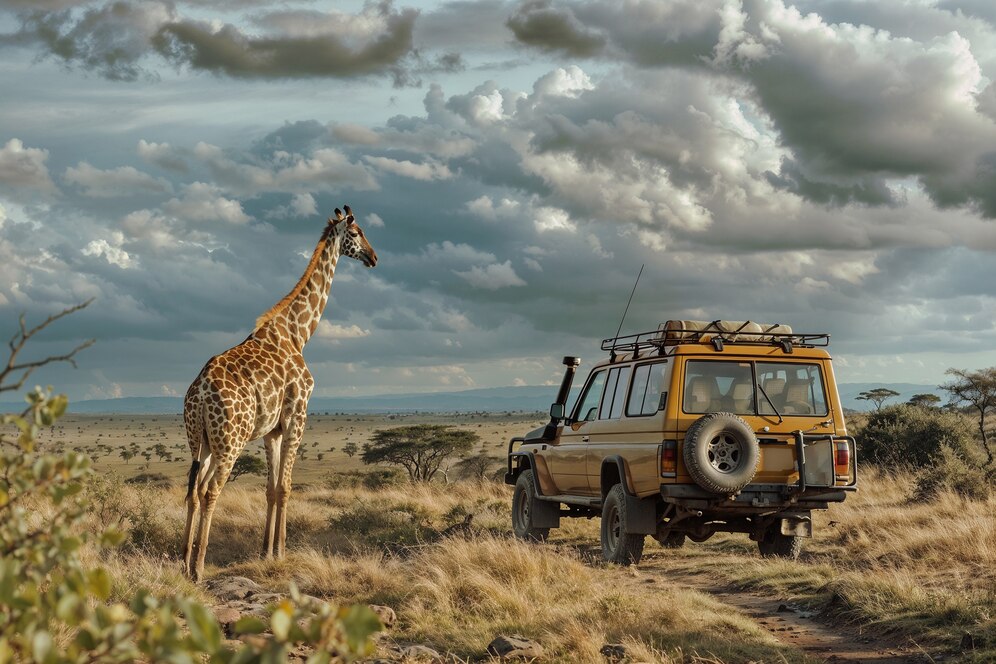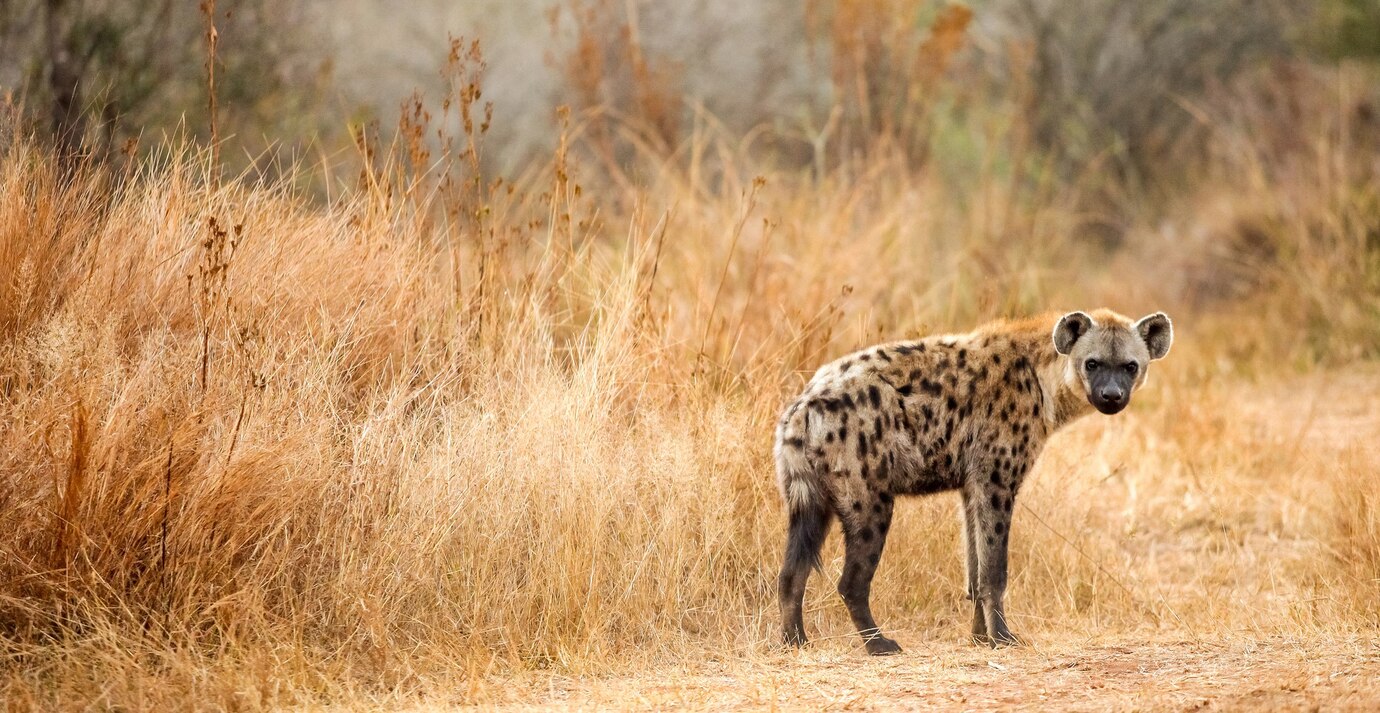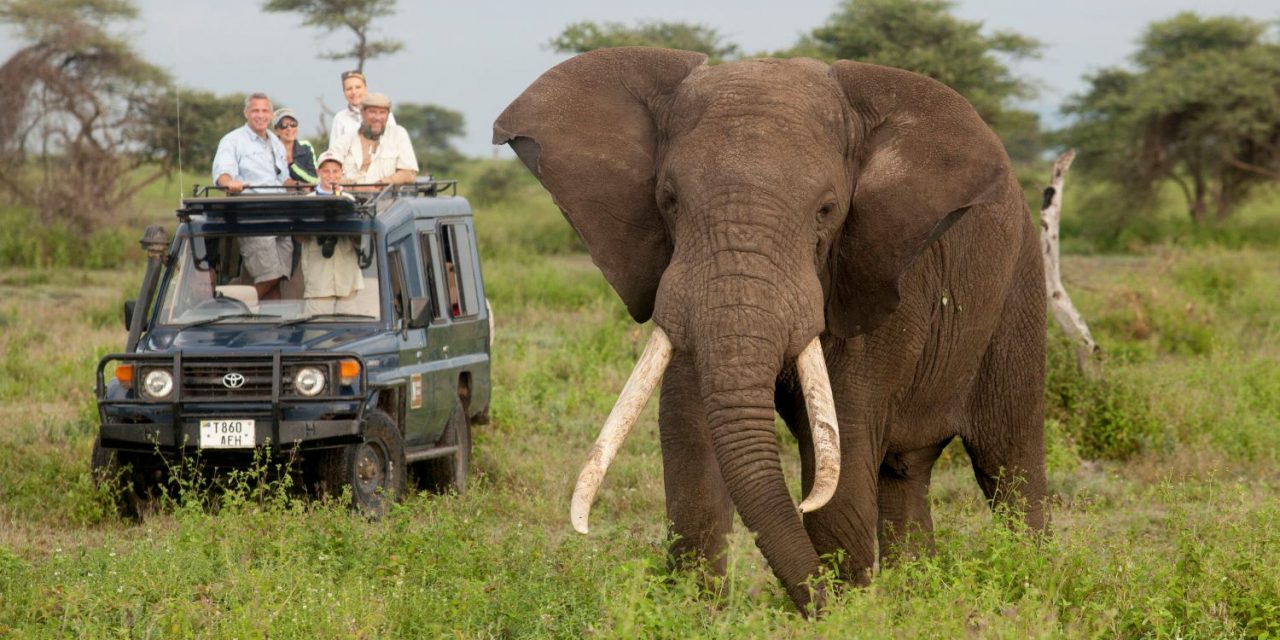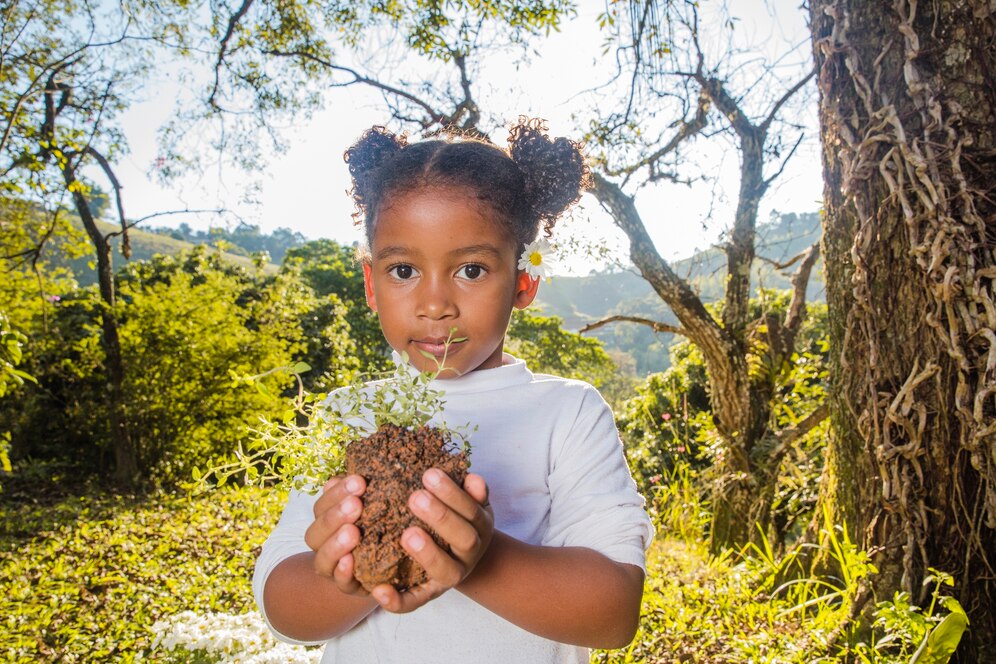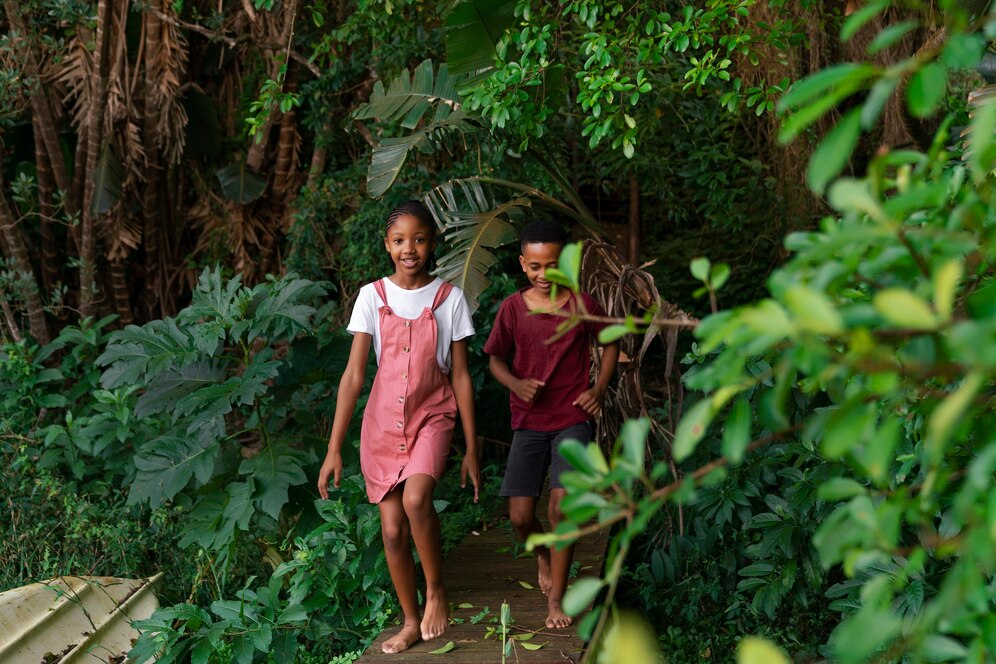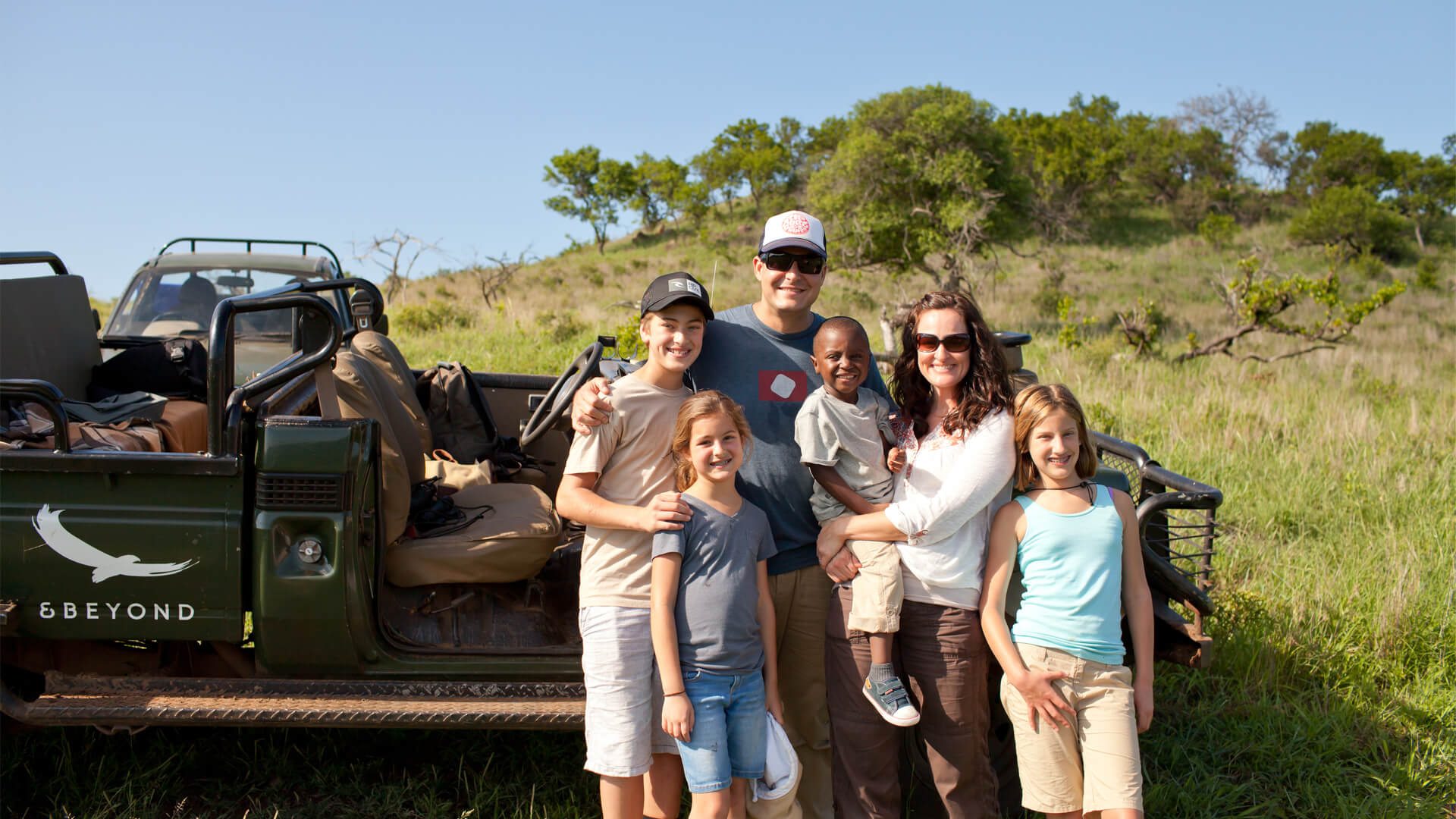
Why Africa Called to Us
I’ve always been drawn to Africa. While everyone else was booking summer escapes to Paris or planning yoga retreats in Bali, I was quietly plotting routes through Namibia, South Africa, Ethiopia, and Tanzania. These countries called to me, not with flashy tourism campaigns or picture-perfect beaches, but with something deeper. A sense of wildness, of history, of resilience. A different rhythm entirely.
For many, Africa remains a mystery wrapped in misconceptions, a place seen through narrow lenses — but for us, it was an invitation to explore, to challenge assumptions, and to reconnect with something elemental and raw. So when the opportunity arose for a month-long self-drive journey with the kids through South Africa, Botswana, and Namibia, we grabbed it with a mix of excitement and nervous anticipation.
Challenging the Narrative: Africa Through Our Eyes
Before our trip, the most common question we heard was, “Is it safe, though?” It was almost a mantra, repeated with varying degrees of concern and skepticism. I found myself wondering, would anyone ask that if we said we were taking the family to Los Angeles, Rome, or even Thailand? Why does Africa seem to carry an extra layer of fear, an unspoken hesitation?
There’s a strange kind of bias baked into how the world talks about Africa. It’s not always loud or obvious — sometimes it’s just the absence of curiosity, the quick dismissal, or the lazy habit of lumping 54 diverse countries into one vague descriptor: “Africa.” But being there, on the ground, driving those long, empty desert roads in Namibia or watching elephants meander through the Okavango Delta in Botswana, I realized how narrow that perspective is.
Yes, there were moments I thought, “What the hell have we done?” Like when the gravel road suddenly washed out miles from the nearest town or when a mischievous baboon decided to explore our rooftop tent in the dead of night. But alongside those moments were countless others of breathtaking beauty, quiet wonder, and a sense of true presence that’s hard to find anywhere else.
Namibia: The Stillness of the Desert and the Vastness of the World
Namibia was our first real taste of Africa’s wild magic. It’s a land of contrasts — endless deserts that stretch into infinity, ancient dunes that glow fiery orange at sunset, and a silence so profound it almost feels sacred. Our base was near Sossusvlei, home to some of the highest dunes in the world.
There’s a stillness here that swallows you whole, forcing you to slow down and be. As we climbed Dune 45 with the kids — sand slipping beneath our feet, the wind whispering stories older than time — I felt a humbling reminder of how small we are in the vastness of this planet. At the summit, the world seemed to stretch endlessly in every direction, a sea of reds and golds under a perfect blue sky.
But Namibia is more than just its dunes. The Skeleton Coast’s eerie shipwrecks, the wild wildlife in Etosha National Park, and the warm, welcoming Himba communities made it clear that Namibia is a place where nature and culture intertwine in fascinating ways.
South Africa: Contradictions, Colors, and Culture
Next, we headed to South Africa — a country of vibrant contradictions. Cape Town stole my heart immediately, with its dramatic Table Mountain backdrop, bustling markets, and the salty tang of the ocean breeze. Here, history seeps through every street and building, from Robben Island’s sobering lessons to the colorful houses of Bo-Kaap.
Driving the famous Garden Route felt like living inside a road trip movie, where every turn revealed new wildlife encounters, towering forests, and pristine beaches. We spotted whales breaching off Hermanus, watched playful seals at Plettenberg Bay, and shared laughter with locals in charming seaside towns.
South Africa also offered poignant lessons on resilience and reconciliation. Meeting families and hearing stories about the country’s past — apartheid, struggle, and hope — reminded me how travel can be a powerful act of empathy.
Botswana: Patience and the Poetry of Wildlife
Botswana was where I learned patience — the kind only the wilderness can teach. In the Okavango Delta, we drifted silently through waterways framed by papyrus and acacia, spotting elephants, hippos, and birds as the morning sun painted everything gold. Here, wildlife sightings aren’t guaranteed; they’re gifts bestowed upon those who watch quietly and wait.
One unforgettable morning, a lioness crossed right in front of our safari vehicle just as dawn cracked the sky open. Our youngest, barely able to contain her excitement, pointed to the clouds and insisted she saw “an elephant in the clouds.” Moments like these felt magical — not just the wildlife, but the unspoken connection to a wild world that’s older and wiser than us.
Botswana’s remoteness, the absence of crowds, and the deep sense of respect for nature made it a highlight of our journey.
Ethiopia and Tanzania: The Next Adventures
While we haven’t yet explored Ethiopia or Tanzania, they’re high on our family’s travel list. Ethiopia’s ancient rock churches and rich history intrigue me, and Tanzania’s Serengeti plains call like a dream. I imagine waking up to the sound of wildebeest migrating or tracking mountain gorillas in Uganda when the kids are old enough.
Safety and the Stories We Tell Ourselves
“Is it safe?” was the question that echoed most in the months leading up to our trip. The honest answer: we never once felt in danger, no more than I ever have traveling anywhere in Europe or even at home. Some of the kindest, most generous people we met were strangers in dusty roadside villages, eager to share their stories, a meal, or just a smile.
I think the fear often isn’t about real danger but discomfort — the unknown, the unfamiliar. Africa feels like a final frontier to many, and that’s exactly why you should go. It challenges you to step outside your comfort zone, to question stereotypes, and to grow in ways travel is meant to.
Lessons from Africa: Beyond Wi-Fi and Western Time
Traveling in Africa stripped away many assumptions I didn’t even realize I held — about culture, privilege, environment, and parenting. It reminded me that the world doesn’t revolve around Wi-Fi, strict schedules, or convenience. Sometimes the richest education for kids happens watching hippos wallow in a river or feeling the dusty wind on a vast savannah.
It taught us to slow down, to embrace uncertainty, and to savor the unexpected — skills that resonate far beyond travel.
You Either Love Africa or You Don’t
Africa isn’t for everyone. It asks a lot — to slow down, stay open, and relinquish control. But if you give it a chance, it rewards you in ways no other place can. It’s wild, unpredictable, sometimes challenging — but deeply magical.
We’ll be back. Maybe Ethiopia next, or chasing lions across the Serengeti. Maybe even that gorilla trek in Uganda, if the stars align. One thing’s for sure: once Africa gets under your skin, it stays with you for life.
Practical Tips for Families Considering a Self-Drive Safari Adventure in Africa
-
Plan for Flexibility: Roads can be unpredictable. Expect delays and embrace them as part of the adventure.
-
Rent a Reliable 4×4: Especially for Namibia and Botswana’s rugged terrain.
-
Pack Smart: Include essentials like insect repellent, sun protection, and a first aid kit.
-
Book Campsites Ahead: Especially in popular parks and during peak seasons.
-
Engage with Locals: They’re the heart of any place, and their stories enrich your experience.
-
Safety Basics: Stay informed, but don’t let fear rule your decisions. Trust your instincts and local advice.
-
Respect Wildlife: Keep a safe distance and avoid disturbing animals.
-
Prepare Kids: Talk to them about what to expect and encourage curiosity.
Recommended Resources
-
Namibia Tourism Board
-
South African National Parks (SANParks)
-
Botswana Tourism Organisation
-
Family travel forums and blogs specializing in African safaris

